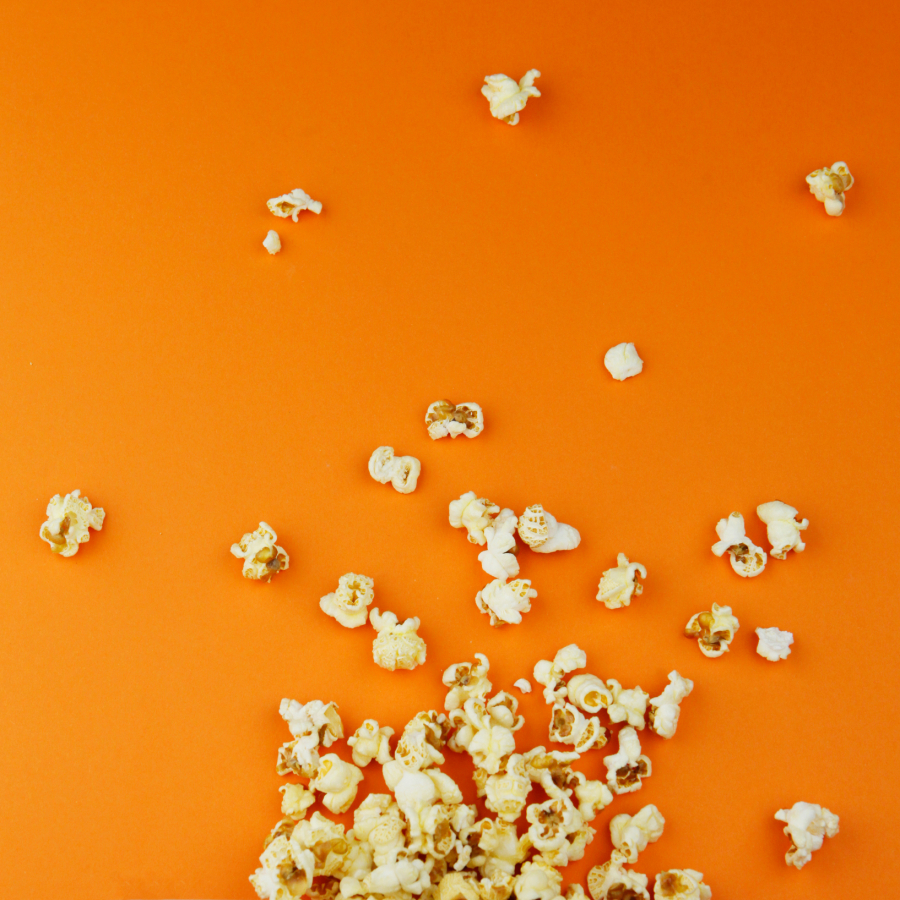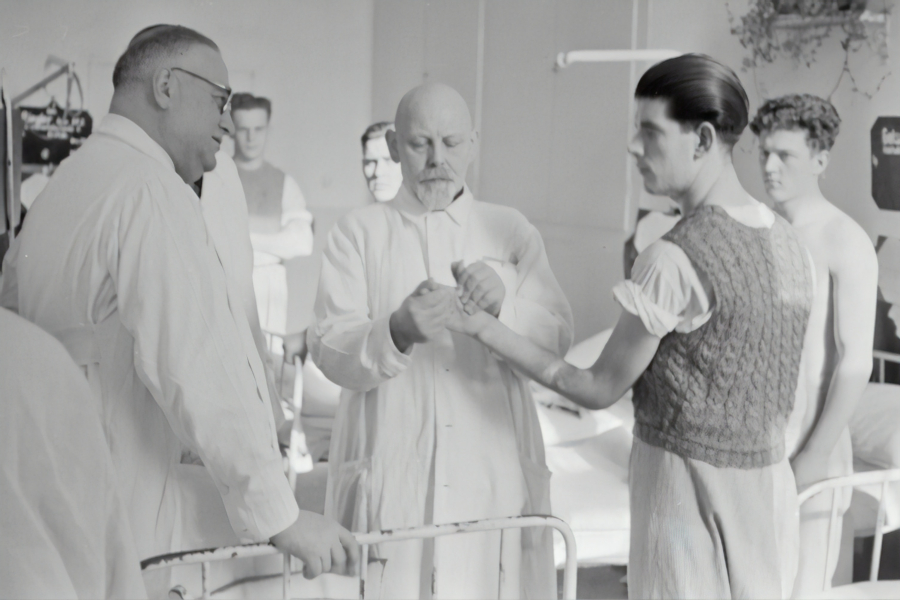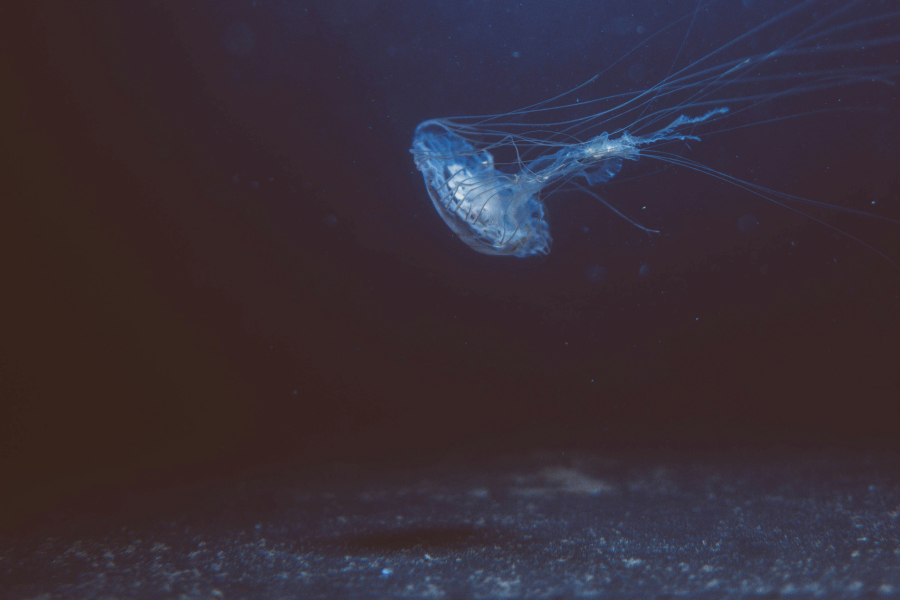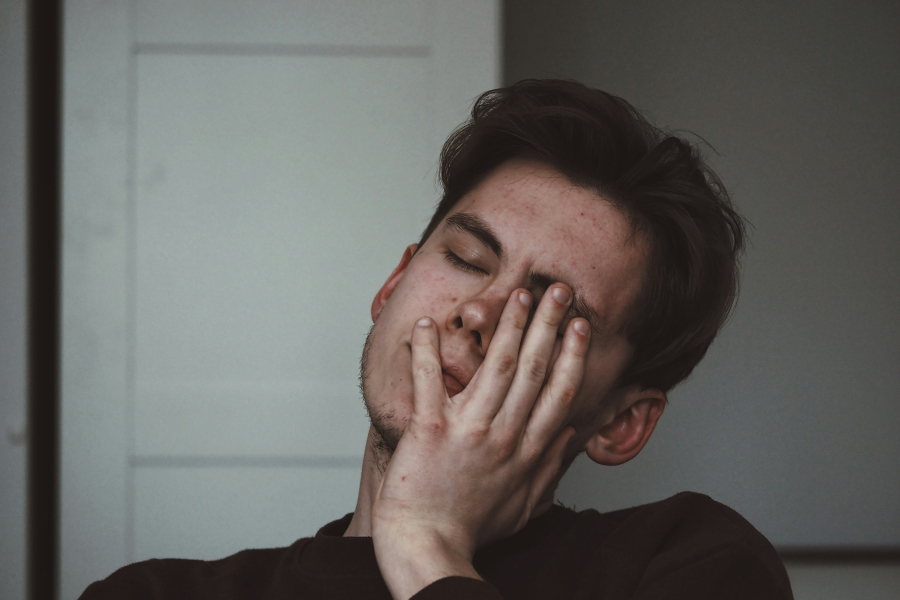Who's afraid of change?
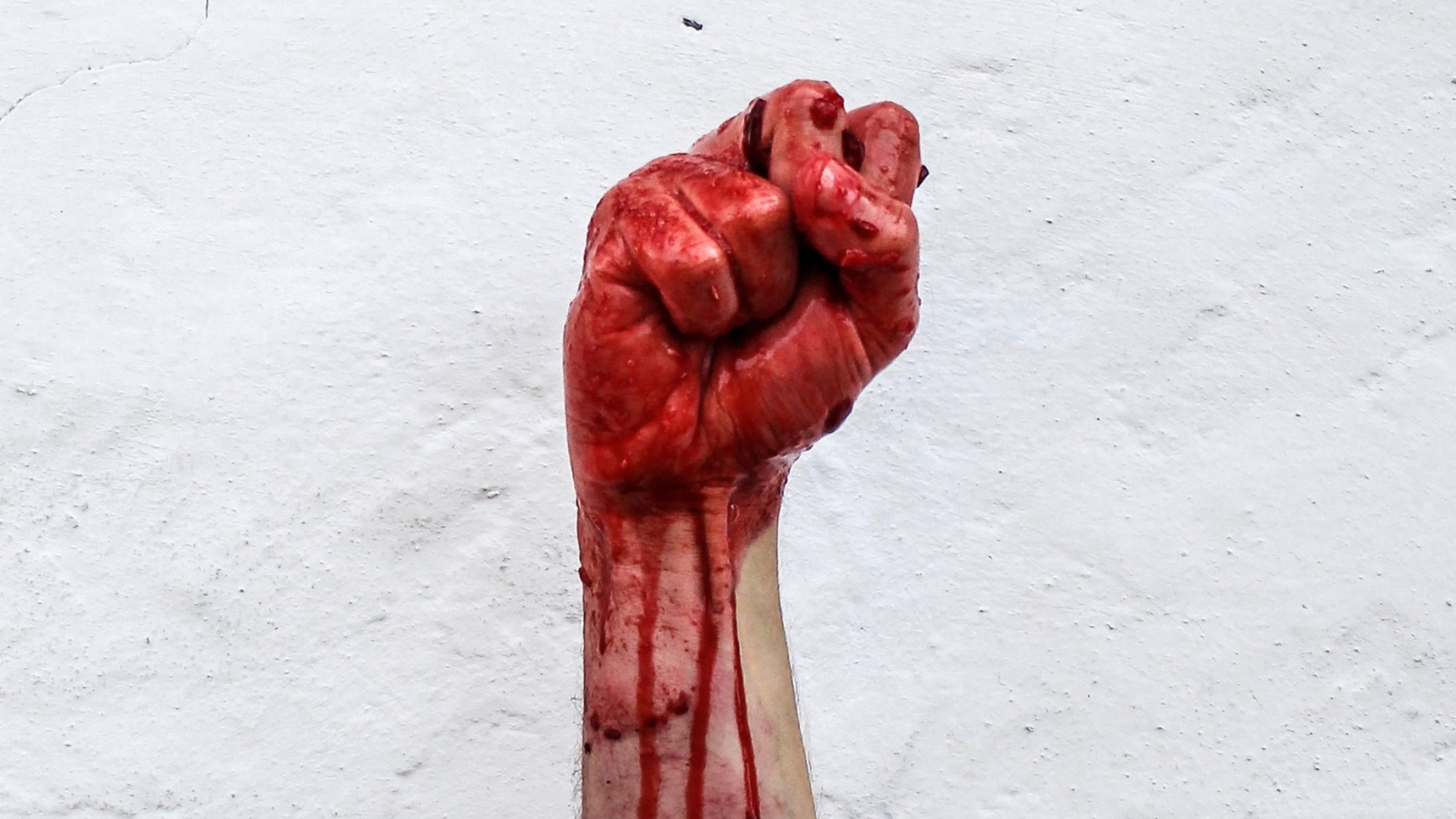
In our culture, we desperately try to keep works of art in exactly the same state as we think the artist intended it to be. Only then, we think it is the 'real' thing: the original. So when an artwork is damaged, we want it to be restored perfectly. In 1986 a vandal slashed Barnett Newman's painting 'Who's Afraid of Red, Yellow and Blue III'. A restorer was hired, but his methods and results were controversial. He used other materials than Newman, and almost painted over the entire painting, while he was supposed to paint only the damaged parts. Does this mean the artwork is "killed"? According to art historian Dr Marjolijn Bol, it depends on your answer to a pair of questions that are highly important for every museum, art collector and artist: What do you want to keep? And, how do you want to keep it?
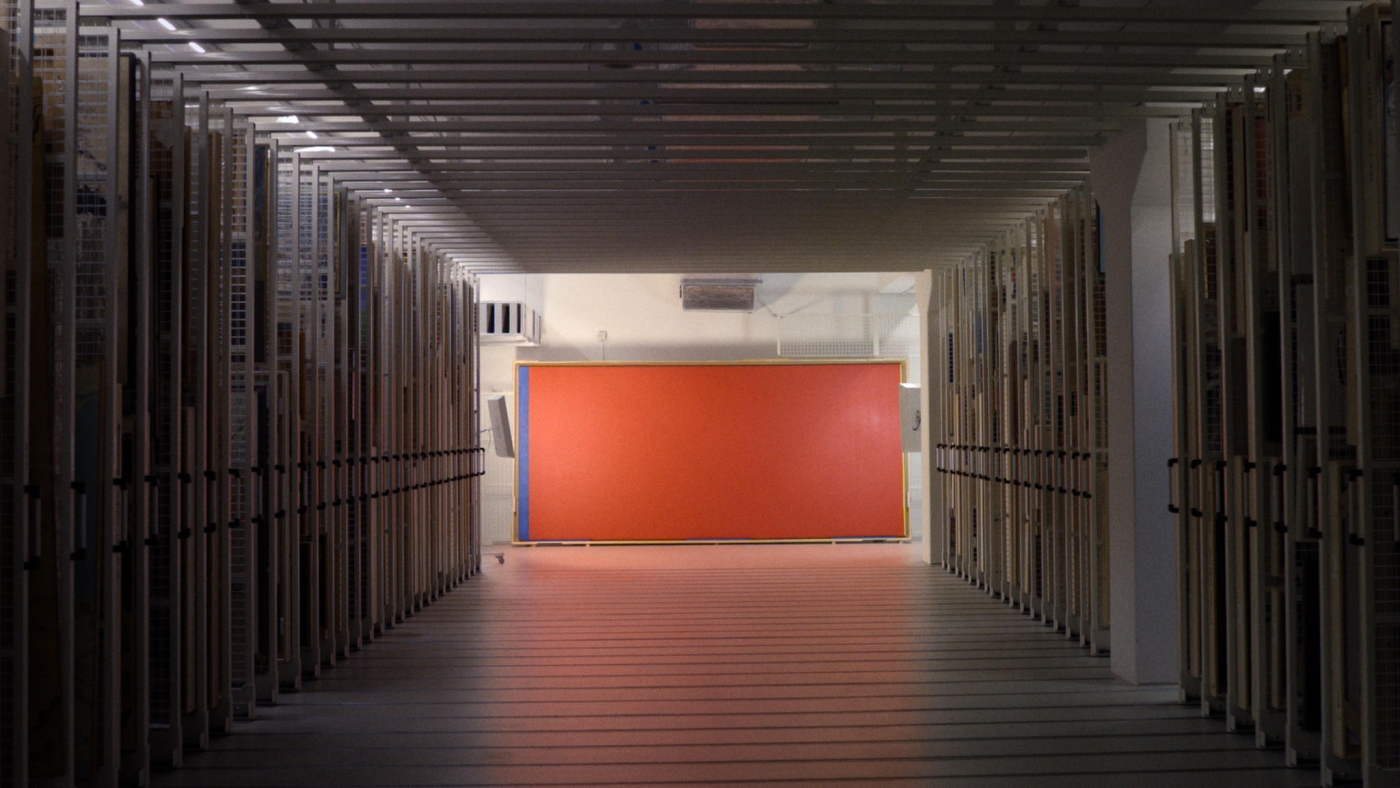
The value of art
Why does it matter whether a painting is a real Rembrandt or a forgery? To start with, an artwork can have value in a number of ways. Being a piece originally created by an established artist is just one of them. There's also aesthetic, ideological, political, historical and material value. Different people attribute value to artworks in different ways. What people find important also changes constantly. Bol gives the example of a painting by Gustav Courbet called 'La toilette de la morte' that originally portrayed a naked woman. In the beginning of the 20th century, parts of her body were deliberately overpainted because sellers thought it would make the painting more marketable. They made a very clear decision on what was important to keep, and what wasn't. These non-original clothes are still in the painting, because after art historians discovered it was overpainted, they concluded that the adjustments have historical value. It tells something about the way people looked at art at a certain moment in time. By removing layers of paint, you would remove a bit of history embedded in the painting.
Similar questions about the value of artwork were raised after Banksy's painting 'Girl with balloon' destroyed itself just after it was sold at an auction. Has its self-destruction ruined the original piece? Or do we have a new original that has now gained even more value?
Who's afraid of a paint roller?
'Who's Afraid of Red, Yellow and Blue III' was bought by the Stedelijk Museum in Amsterdam in 1969 to introduce abstract American art in The Netherlands. People seemed to either love it or hate it. Reactions varied from being overwhelmed by the painting to being furious about the fact that such a plain piece of paint on a canvas was shown at a renowned museum. One of the haters turned its thoughts into action in 1986. Outraged and frightened by the artwork, he slashed it a number of times with a utility knife. The vandal himself saw abstract art as 'a plague' and thought he did a good thing by destroying it. "I made it into a masterpiece", he actually stated. The museum called it murder. The painting had to be restored, which would take three years.
In 1991 the restoration was finished and the result was shown to the public. Soon it became clear something was wrong. The painting was fully painted over, possibly with paint usually used for window panes. A lawsuit followed, but Who's Afraid of Red, Yellow and Blue III can't be saved anymore. It's impossible to return to the original. Does this mean the work is ruined forever?
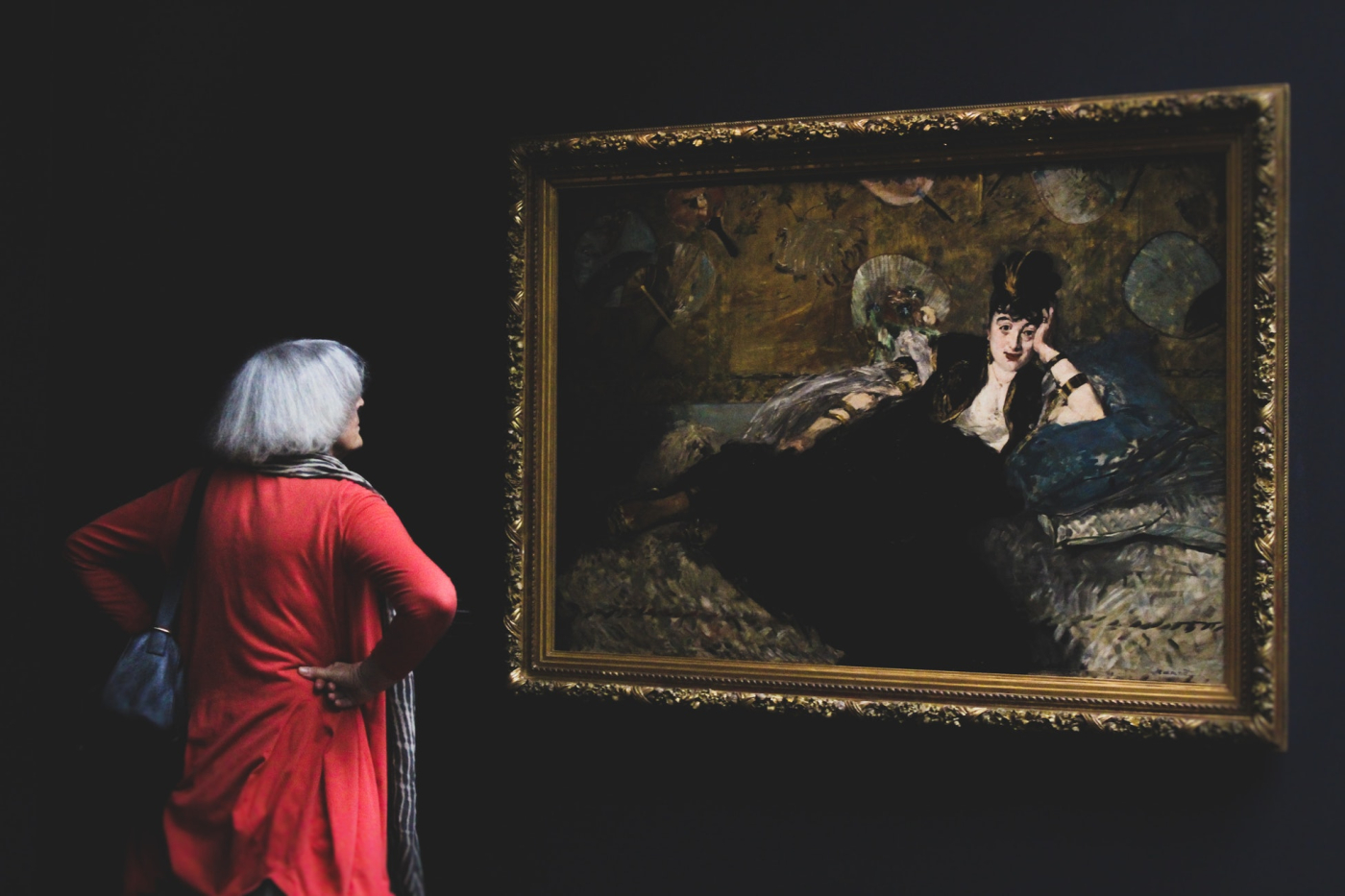
Immortal art
The story of 'Who's Afraid of Red, Yellow and Blue III' raises many questions. Why do we find it so hard to accept that an artwork can change? Why do we so desperately try to hold on to the 'original'? Bol states that changing an artwork shouldn't necessarily mean that it's killed or ruined. "Why would later restorations or add-ons be worth less than the original?" she says. "You could also see these alterations as the life story of the painting." According to Bol, the fact that an artwork is a living thing, might exactly be what scares people: when something is alive, it can also die. Holding on to the original piece as the truly authentic work is a way to cope with our awareness of the artwork's finitude, endowing it with the quality of being something immortal. But it is a pointless attempt: paintings will always show signs of natural aging, such as the changing colors of paint.
Besides, more and more artists make art with the purpose of it eventually changing or decaying. Maybe it's time to take into consideration broader set of values than just the value of originality. Maybe it's time to broaden our view on authentic art, and try to see beauty in something slowly passing away.

